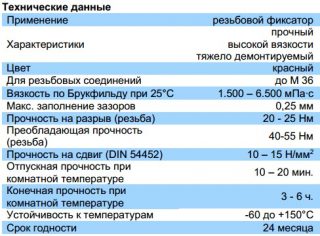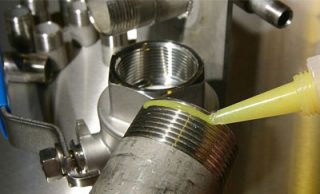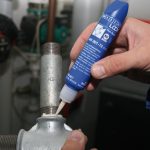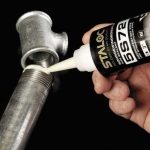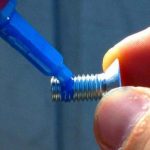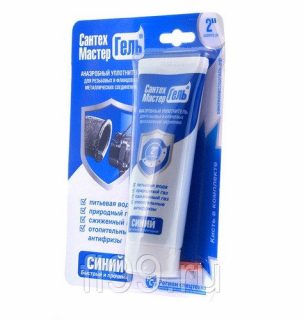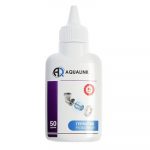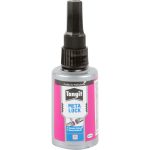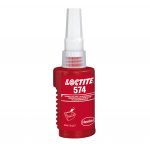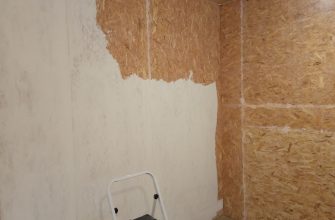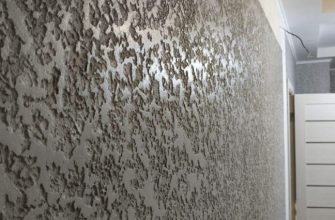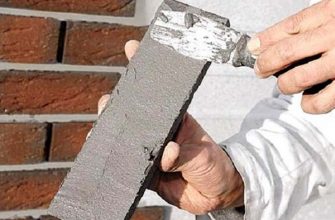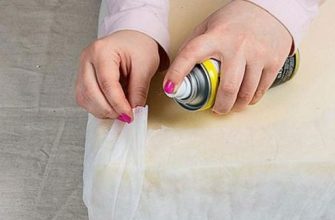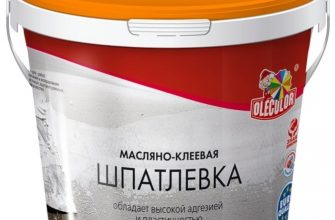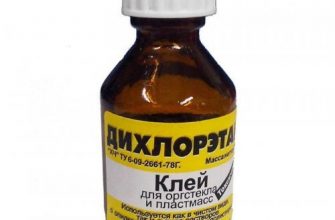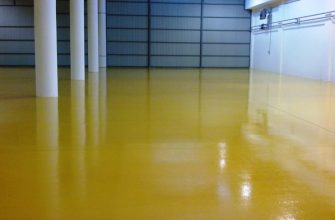A variety of compounds are used for gluing metal, glass, wood. But usually such mixtures only provide a connection. Anaerobic sealant is a material that can adhere and act as a sealant in threaded and flanged connections.
Description and principle of action of anaerobic sealant
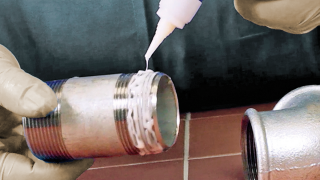
Anaerobic sealants have been around since the 1950s. They borrowed their name from biology. Such compositions when hitting narrow gaps, they polymerize without oxygen.
Initially, the mixtures were developed for locking threaded connections. The seal prevented spontaneous loosening of the nuts. Later, they became widely used for sealing welds, pipe threads, and defects in metal casting.
Anaerobic thread sealant hardens in several stages... The mixture fills the threads, including the smallest cavities, and then hardens, turning into a dense, non-porous material. It does not shrink or expand. This happens due to chemical reactions.
Initiating system contacts with a metal surface and forms active compounds - radicals... They bind oxygen and form an oxygen-free atmosphere in the reaction sphere. In this case, metal is an indispensable component for an anaerobic reaction.
In an oxygen-free atmosphere polymerization of the basic composition occurs very quickly... In this case, cavities and bubbles are not formed in the mass. The mixture solidifies evenly.
At the last stage in process activators turn on... Joints interact with the surface, metals accelerate curing. Their participation is necessary in the work at temperatures below zero.
The speed of curing depends on the nature of the surface. Smooth active metal surfaces - copper, iron, cobalt - speed up the process. Porous materials, inactive metal - zinc, aluminum, silver - slow down the reaction.
Structure
- Acrylic oligomers and monomers - glue material. The compounds are capable of polymerizing under certain conditions, resulting in a dense final mass.
- Functional additives - thickeners, colorants, stabilizers, plasticizers and other components that determine the technical characteristics of the mixture. Thickeners reduce the excess viscosity of the solution at high temperatures, while colorants provide shade.
- Initiating system - to obtain radicals, hydroperoxides and peroxides are introduced into the composition. The initiator disintegrates with the appearance of active particles that interact with the metal. Boosters improve the effectiveness of initiators. These substances cause the system to operate in unsuitable conditions - at low temperatures. In this capacity, carboxylic acids, mercaptans, sulfimides are used.
- Activation regulators - activators and inhibitors. The first - solutions of sulfur-nitrogen-containing compounds in an organic solvent, accelerates curing at low temperatures and in the presence of oxygen. Inhibitors - quinones, phenols, on the contrary, slow down the curing reaction so that the mixture retains its viscosity for some time.
The composition can be modified within wide limits, which makes the sealant useful when working with metal, wood, glass, tiles.
Properties
- Long service life - the composition, after opening the package, retains its qualities for a year. The term depends on the storage conditions, temperature, the order of mixing, the presence of impurities.
- Large viscosity range - from 10 to 1.5-106 mPa • s (cP). The compound can be used for sealing gaps with a thickness of 0.07 to 0.5 mm.
- High curing speed - depends not only on temperature, but also on the nature of the surface.
- When applied, the composition does not require mixing, waiting, reapplication.
- Produce formulations with different strength characteristics and for different operating conditions. There are anaerobic sealants that can solidify at -60 ° C, others fill the thread at + 300 ° C.
- Vibration resistance.
- Corrosion resistant and exposure to liquid and gaseous media under pressure and in vacuum. The latter ensures the use of the sealant in the space industry.
- Resistant to acids, alkalis, many solvents.
The method of using the waterproof sealant is very simple. Household mixtures are applied from a tube like the most common glue.
Varieties and scope
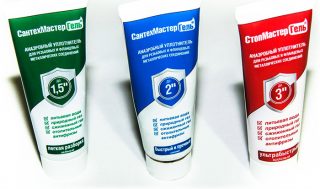
Thread sealant classify by the strength of the resulting compound... There are 3 classes.
- Low strength - withstands the load 0.5-6 MPa. Designed for gluing threads that often have to be disassembled.
- Medium strength - 6-12 MPa... It is used to seal joints that are disassembled only during repair or during service work. Usually these are parts of engines, press, threaded joints of gearboxes.
- Increased strength - withstand more than 12 MPa... Connections are dismantled only in extreme cases, so that such a composition is extremely resistant to mechanical damage and temperature changes. This is usually a heat-resistant compound.
Produce one- and two-component mixtures. In everyday life, they prefer the former. The industry uses multicomponent formulations.
- locking and insulation of threaded and flange connections of any type;
- sealing of welded seams, metallurgical products, porous sheets;
- sealing of pipe threads, flange connections;
- fixation of cylindrical elements.
In everyday life, anaerobic sealants are most often used to seal the joints of plumbing and heating systems.
Criterias of choice
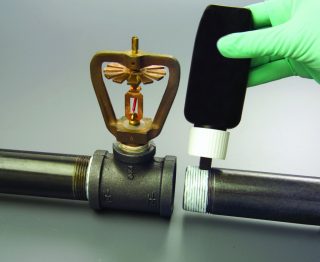
To choose the right composition, you need consider the following.
- Appointment - if a seal is required for a toilet bowl, water supply system, sewer pipes, a low strength sealant is sufficient. If an engine is to be repaired, a medium strength compound is needed.
- Temperature Range - for gluing the threaded connection of the heating pipe and radiators, you will need a material that can withstand temperatures up to + 150 ° C. To seal pipe connections outdoors, you need a compound that can withstand frost and heat.
- Viscosity - Compositions are distinguished from highly fluid - with indicators of 0.01–0.02 Pa * s = 1-2 cPa * s - to pasty ones with a fluidity of 20–100 Pa * s = 2000-10,000 cPa * s. Liquid sealant fills gaps well. Pasty is difficult to use, but guarantees the strongest gluing.
- Release form - a tube with a long spout allows you to apply the composition to hard-to-reach places. If the sealant needs to be spread over the surface, it is better to take a bottle with a brush. A syringe is used for the point fixation. It contains only 1 or 2 servings of the substance.
The speed of curing is taken into account. This indicator is indicated on the packaging.
Terms of use
In order for the anaerobic pipe and plumbing sealant to last as long as possible, you must strictly follow the instructions.
How to apply
The technology is extremely simple.
- The surface is degreased and dried. Shake the tube with the mixture.
- Apply the composition: direct the nozzle with a spout and press on the tube or smear the composition with a brush.
- Connect the elements manually. No tools are needed here.
If the docking angle needs to be changed, this is done within 2–5 minutes.
How much dries
On curing speed the composition of the mixture, the nature of the surface, the conditions of gluing... At room temperature, on the active surface - bronze, steel - the material gains 50–70% strength in 1–3 hours. If porous sheets or silver parts are glued together, the hardening time increases to 5–7 hours.
The final composition polymerizes in 5-14 hours. At low temperatures, this time increases.
How to delete
Excess adhesive should be removed immediately after use until it has completely hardened. This will require construction hair dryer and key... The remaining adhesive is dried with hot air. The mixture hardens, but crumbles. After that, you can remove the remnants with a rag.
Usually, it is not necessary to completely remove the sealant.
Other recommendations

If you want to dismantling sealed joints, when using low-strength glue, special efforts are not required. The threads are disassembled by hand. A special tool is needed to dismantle the joint on a medium-strength sealant. Physical effort is not enough.
Disassembly of joints with high strength adhesive is the most difficult. The junction is heated to + 250 ° C for up to 10 minutes, then, using a special tool, the thread is opened in several stages. When unscrewing, the remaining glue is cleaned with an iron brush.
Popular manufacturers
- Plumber - the most famous domestic brand. Compositions of any strength are produced at affordable prices.
- LOCTITE Is a Dutch company offering sealants for any temperature range.
- ZLD Is a Chinese manufacturer. Produces a sealant for household needs.
- TANGIT Is an Italian company offering a wide range of household and industrial sealants.
- AQUALINK Is a Russian company. Produces household compounds.


